A Trip Down Memory Lane To Malgudi Days In A 1933 Austin Seven
Images: T R Raghunandan
‘Let’s stop here,’ said Aditi. I switched the engine off under the friendly shade of a banyan. As Swami’s sewing machine-sized engine—he is our 1933 Austin Seven—eased into silence, Aditi unpacked her breakfast; delicious cucumber, tomato and egg sandwiches.
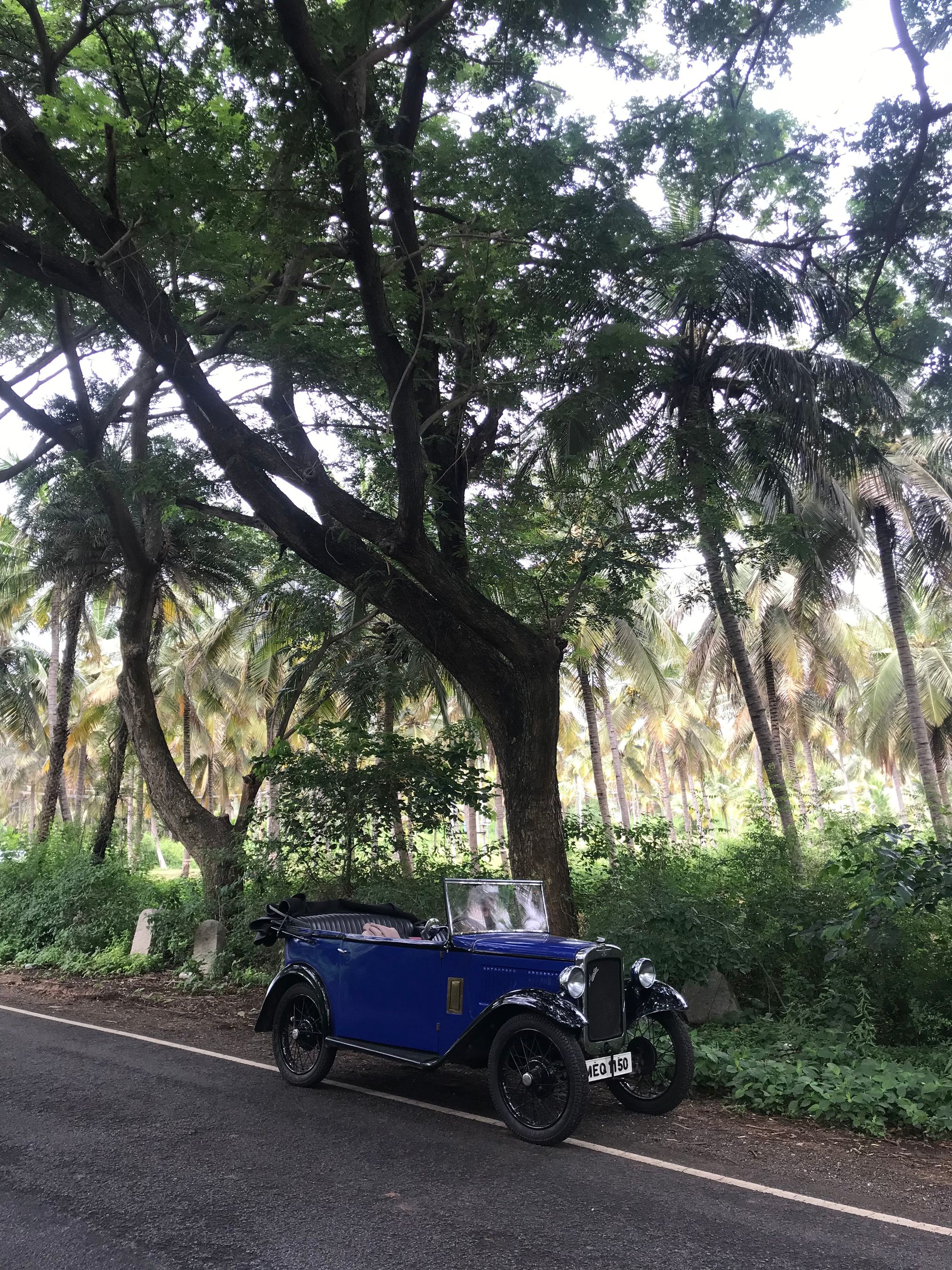
Aditi packs food for our trips as if we were heading out to the Everest Base Camp. There is hardly any space between the tools, spare parts and change of clothes, but I don’t complain; there is nothing like a picnic under a tree when one is out in a classic car.
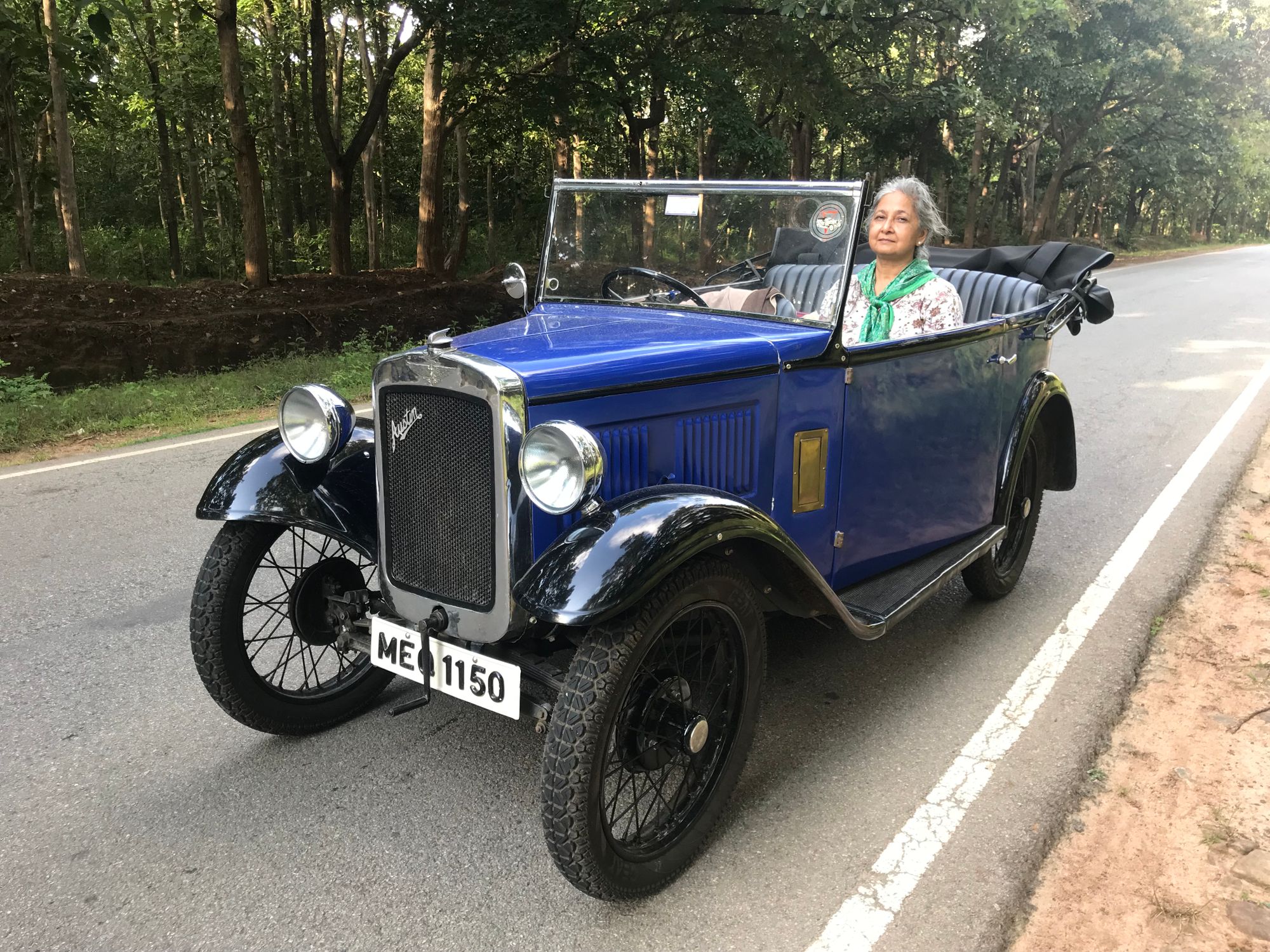
We had left Bangalore early, as usual, to avoid traffic. The Austin’s side valve engine is delightfully minimalistic. An hour into our drive, its initial harshness had faded by when we turned westward off the Pune highway, towards Mangalore.
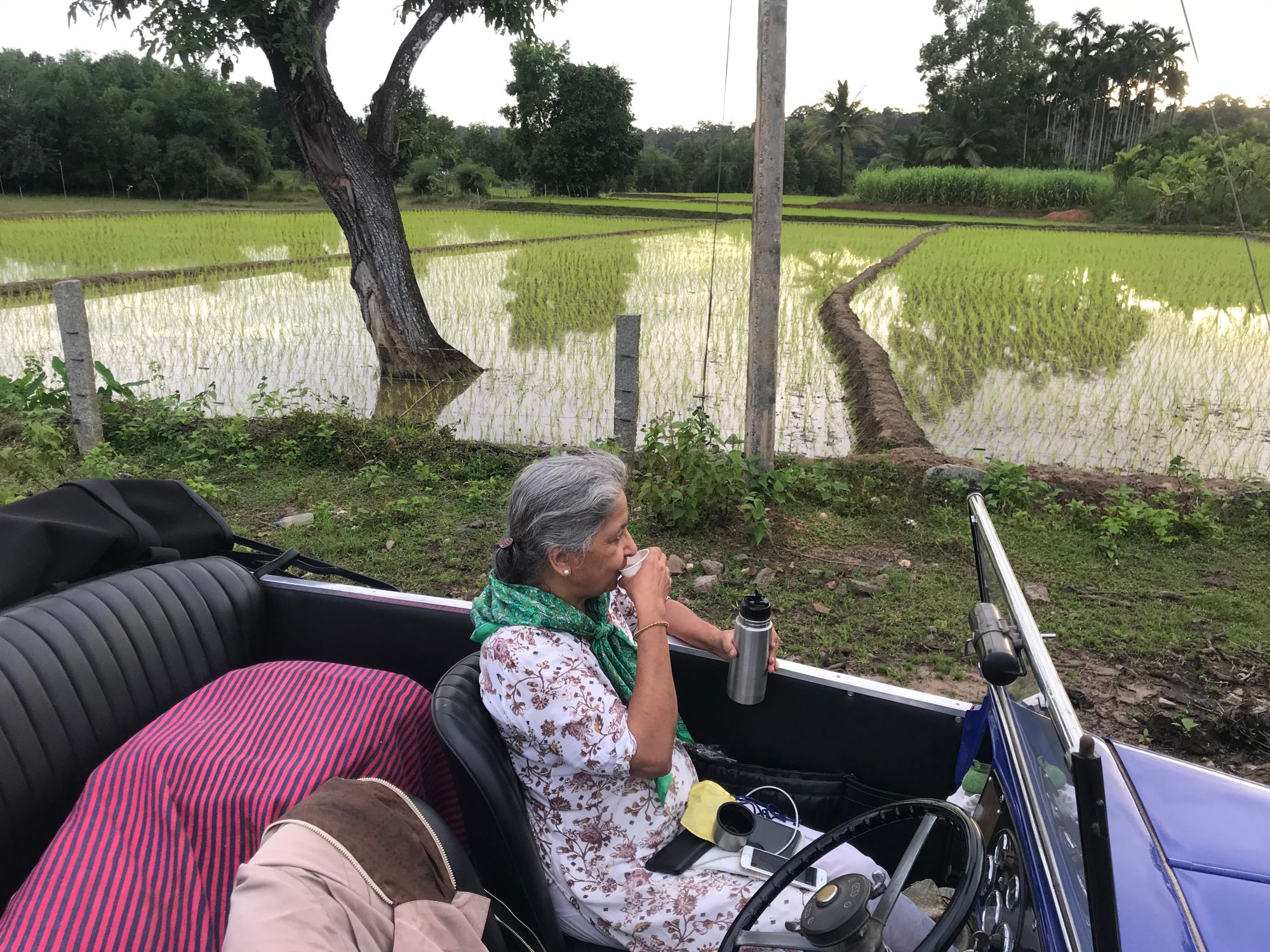
We were on a mission; a long pending promise had to be kept.
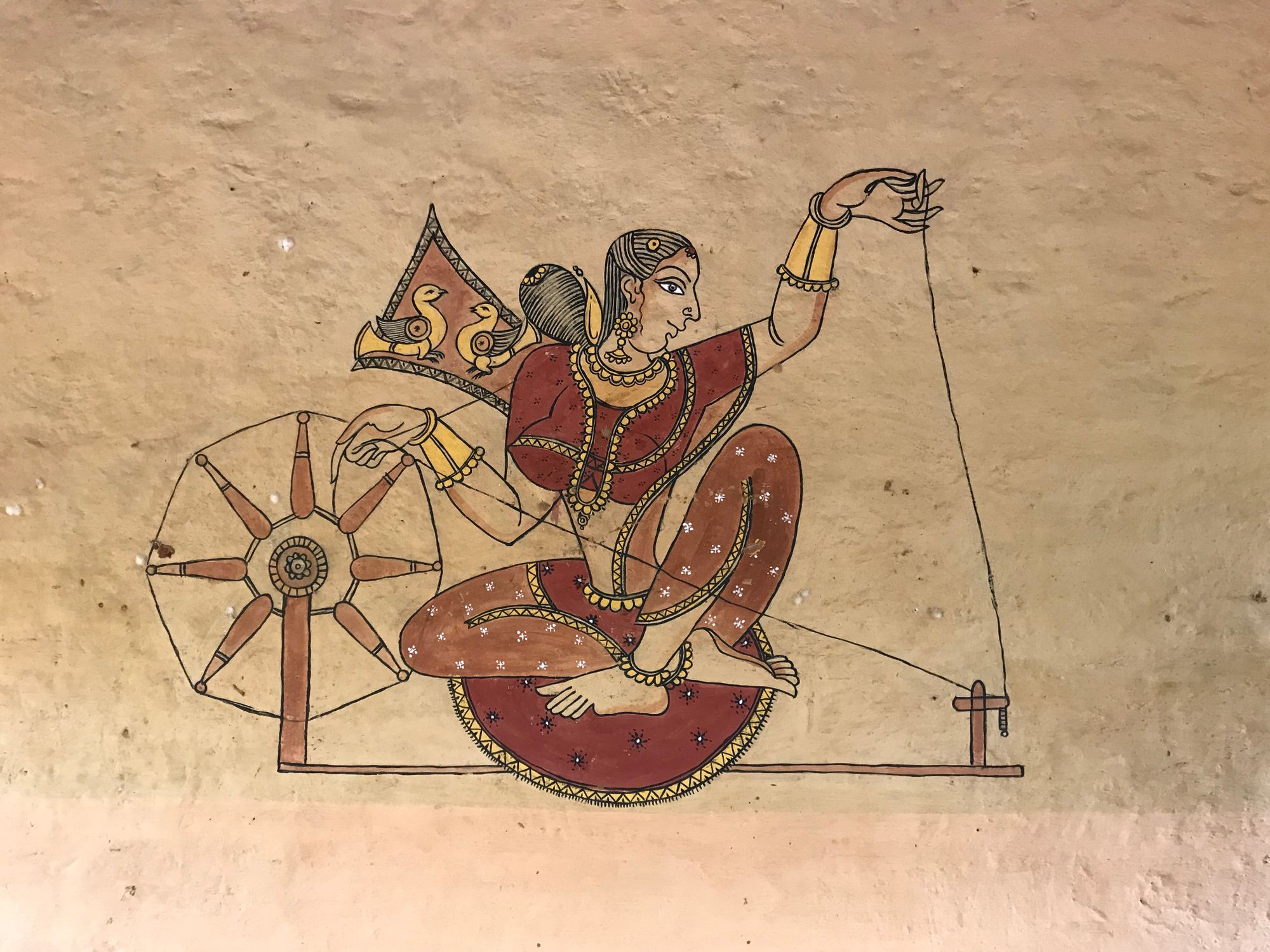
Decades back, Shankar Nag, Karnataka’s much loved actor and film personality, made Malgudi Days, a television serial based on R K Narayan’s famous stories of Swami, the naughty little boy, and his mischief.
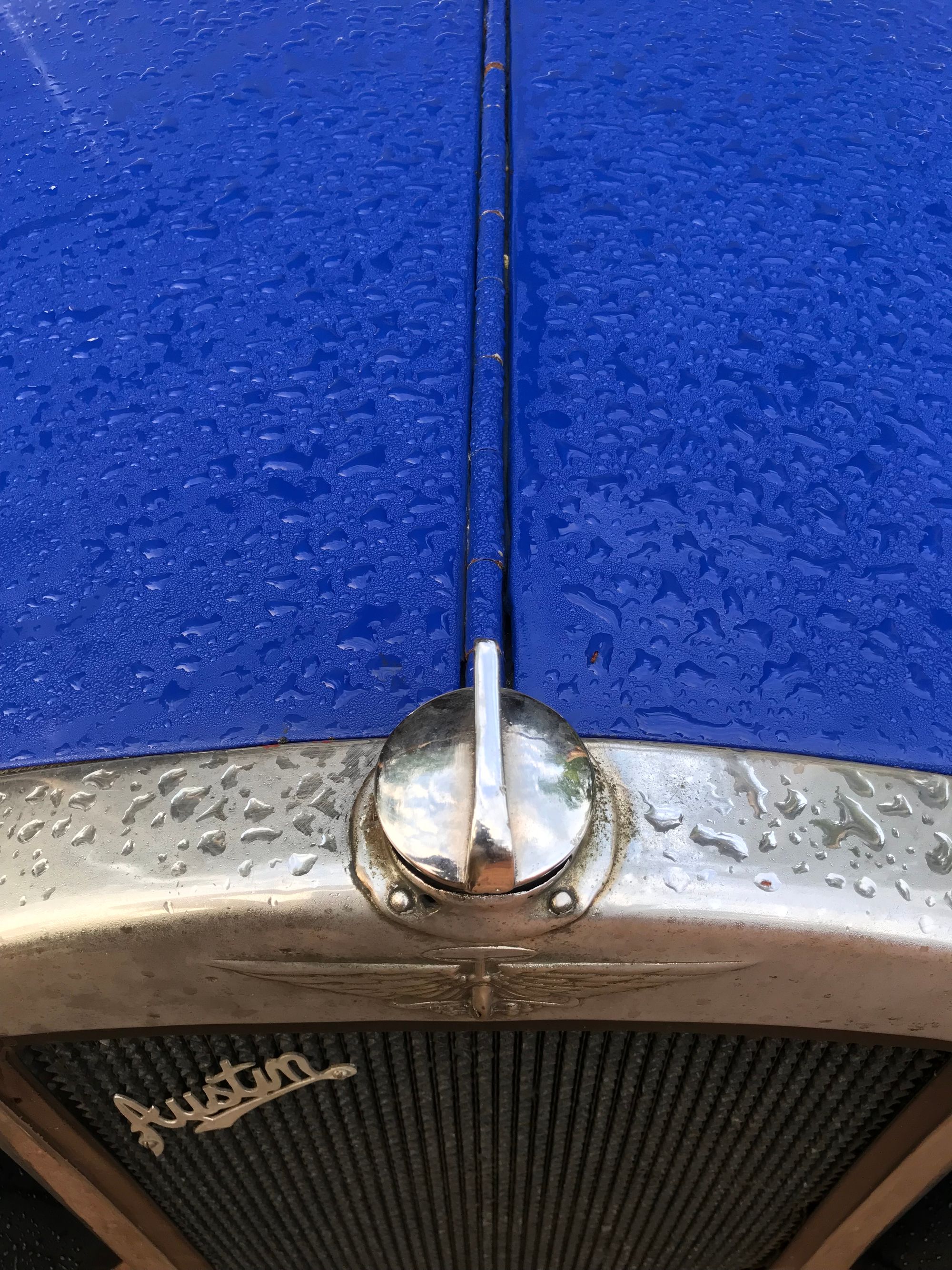
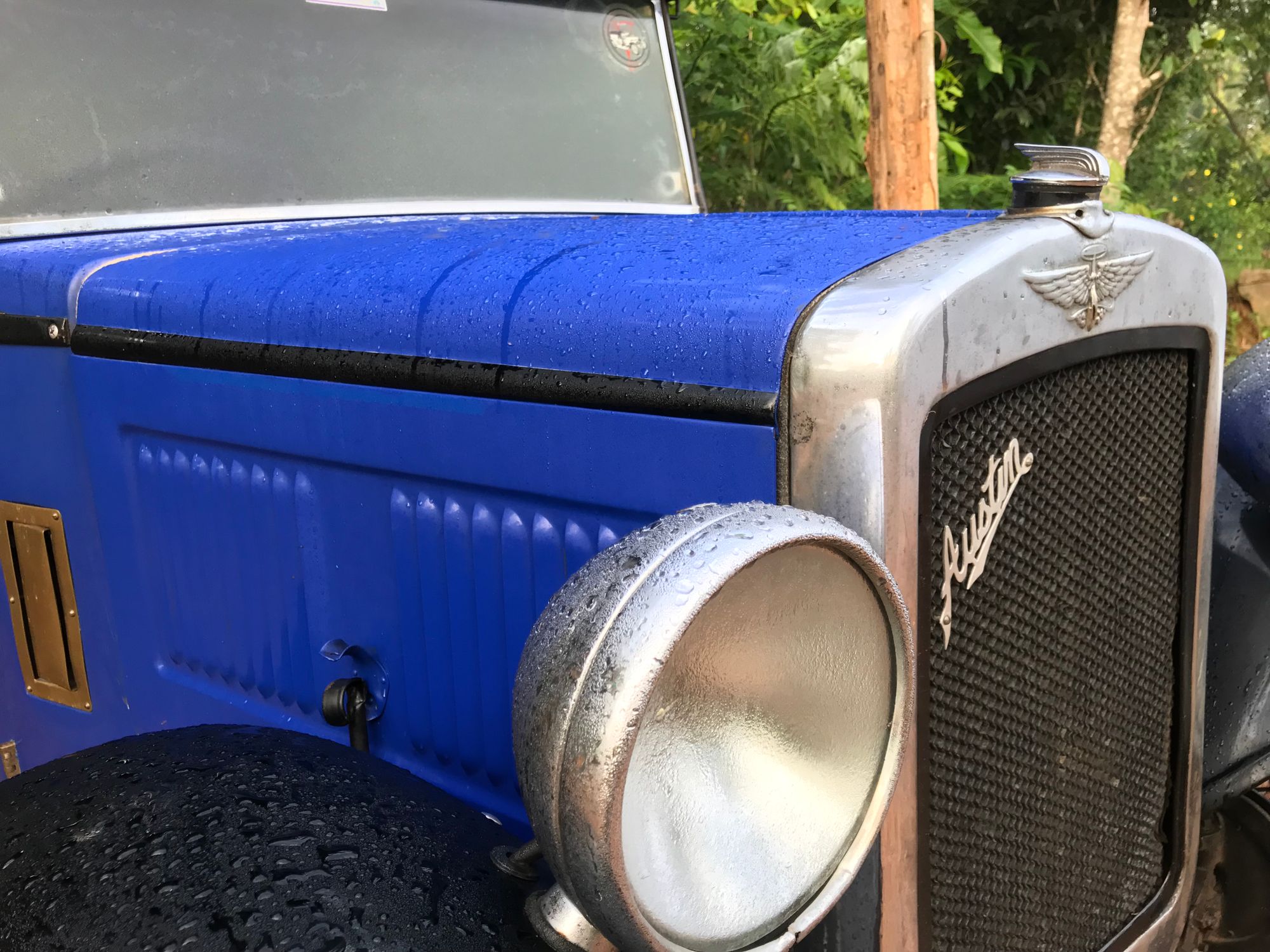
The tele-serial was an instant hit and young Manjunath, who played Swami, became a celebrity. The serial was shot in sylvan Shimoga district; the locations there typified the sleepy little towns sketched by Narayan. Loosely set in pre-Independence old Mysore State, the sets demanded attention to period detail.
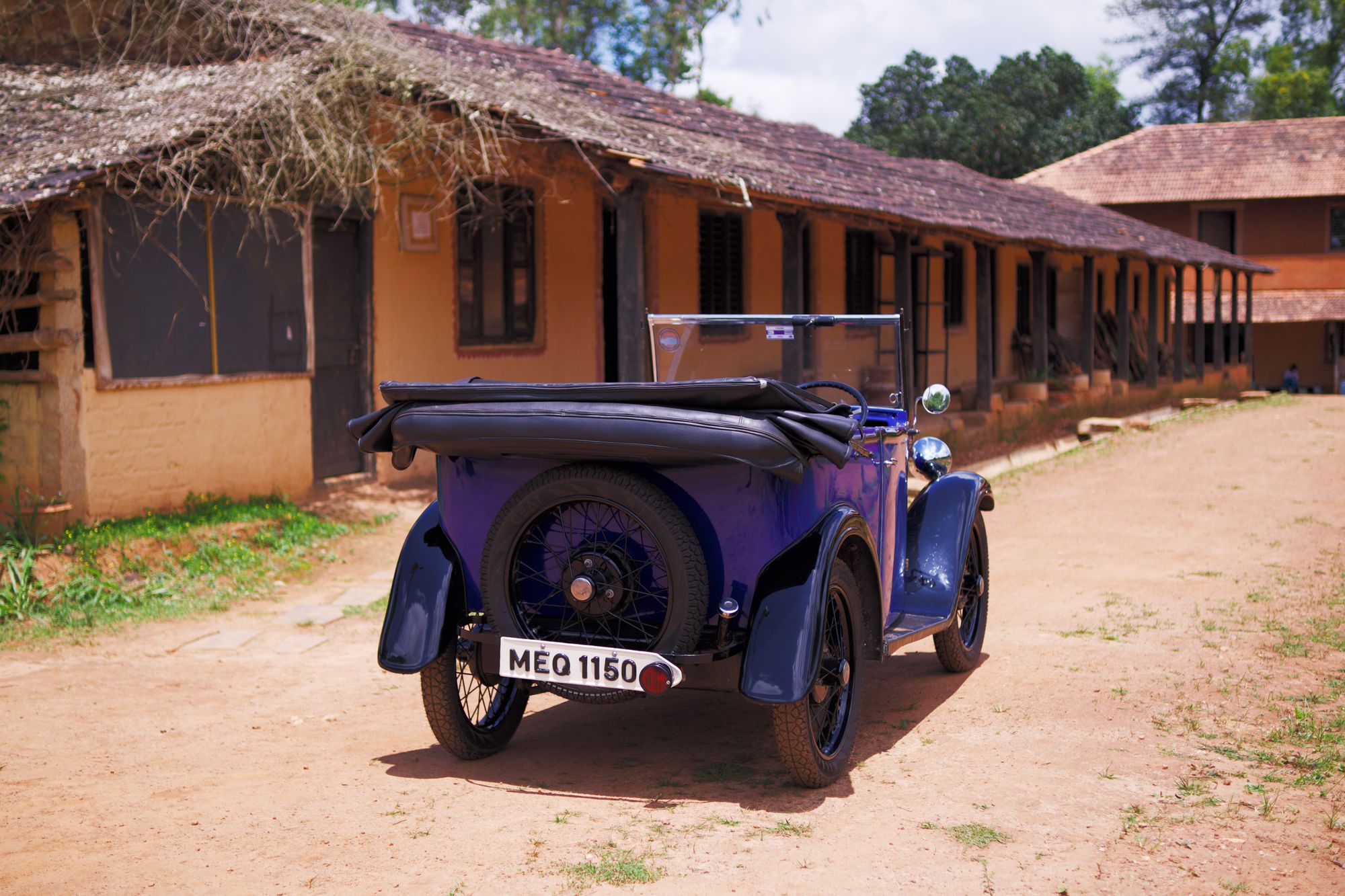
Enter the Austin.
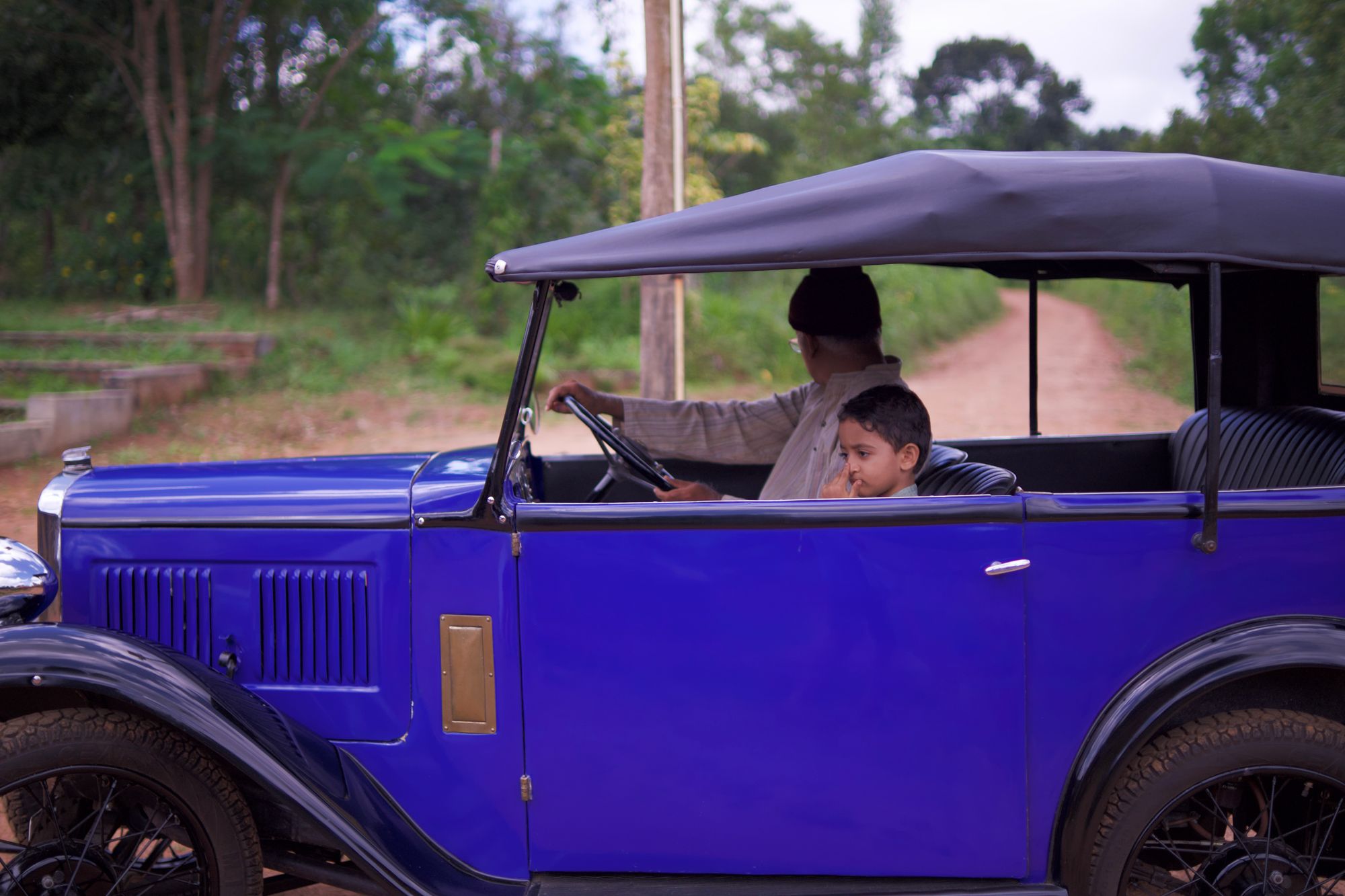
The previous owner, a dear friend, drove our car to Agumbe, to various locations for the shoots. The Austin was a popular prop; it appeared in several of the episodes, driving in the distance, parked in the foreground and in the very first episode, being pushed across the screen, as my friend ruefully recollects.
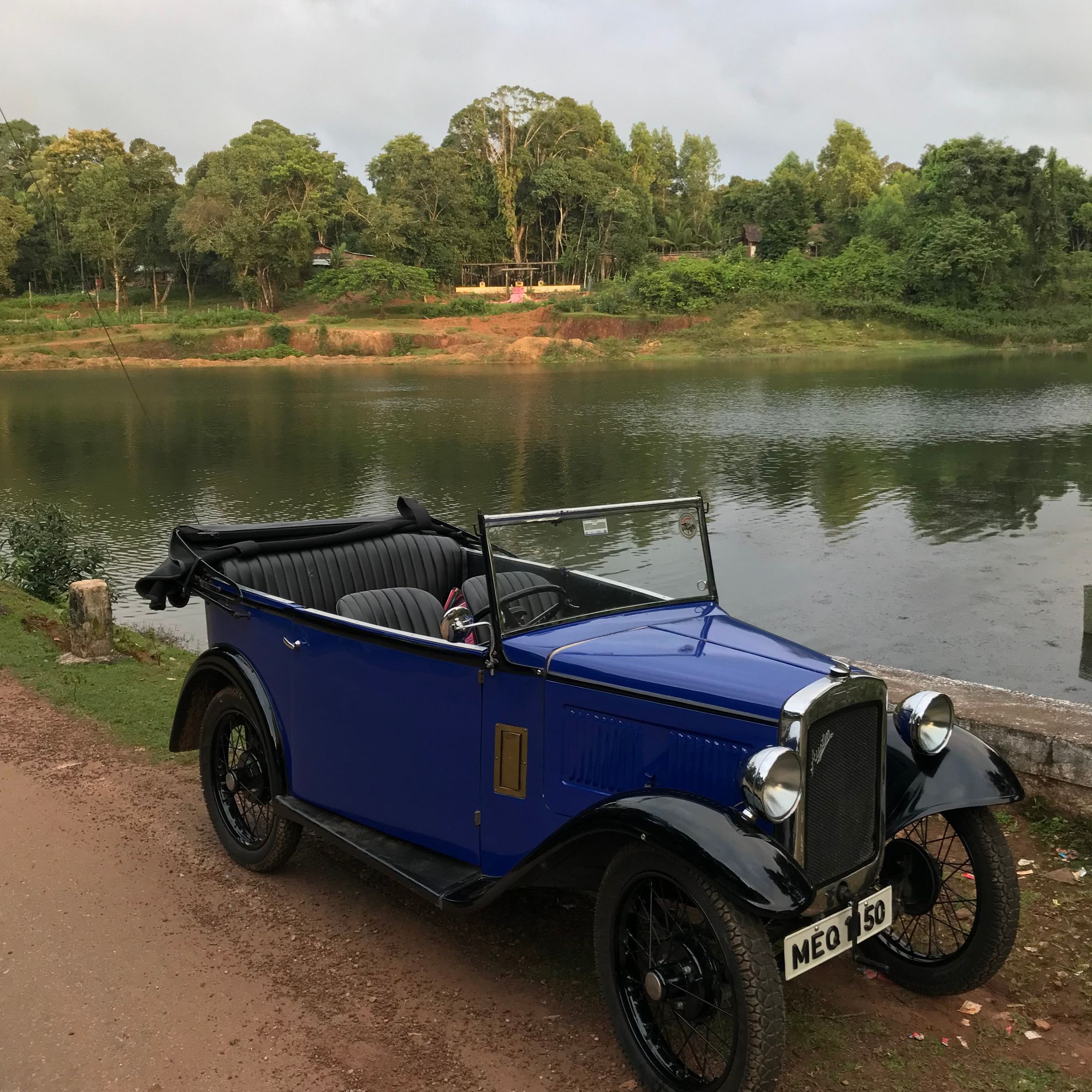
When we bought the car and named him ‘Swami’, we promised to drive him back some day to the locations which immortalised him on film. Now was the time.
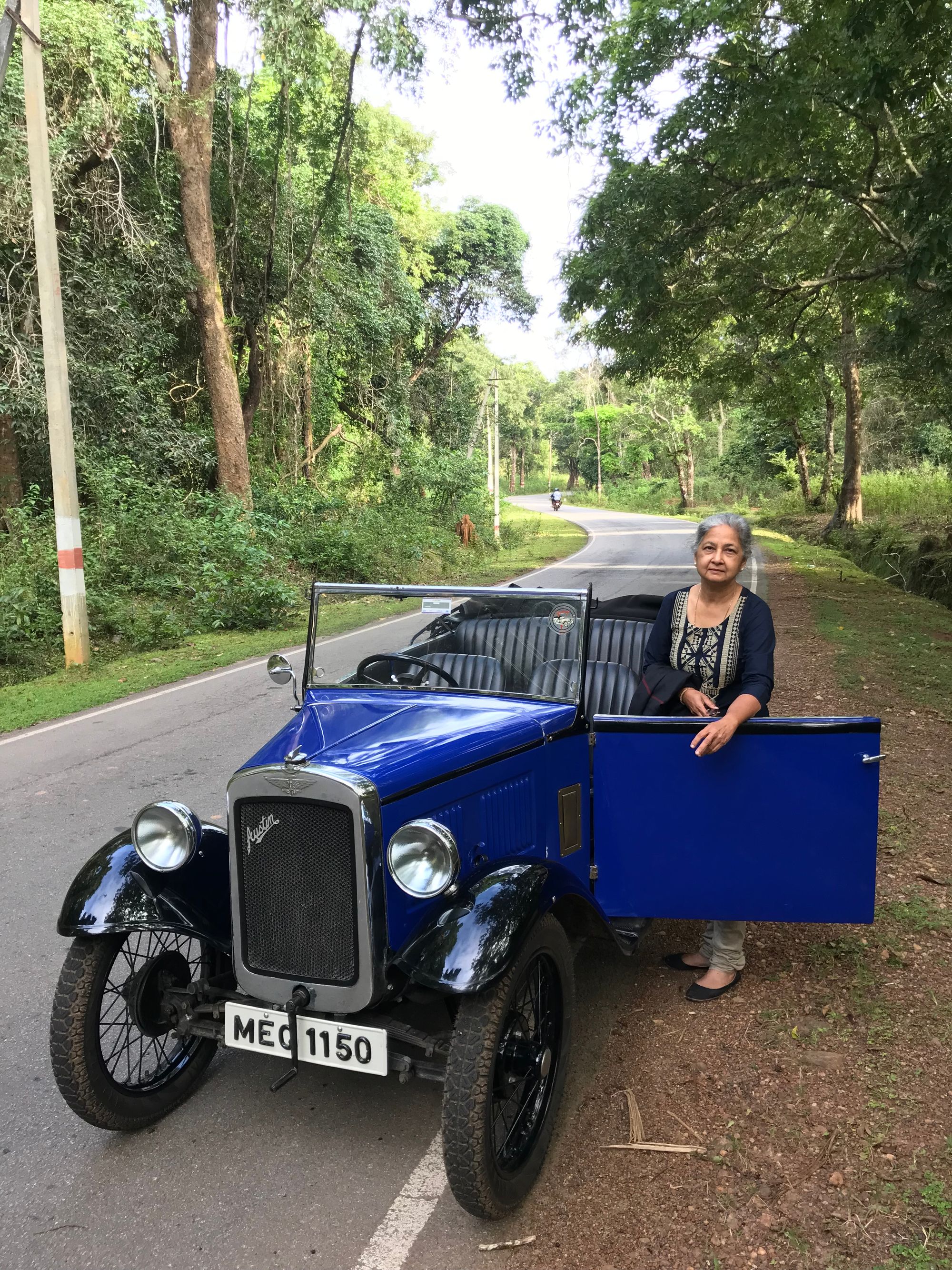
This is Karnataka at its best, I reflected, as we bowled along in the early morning sunshine, past coconut groves and huge roadside banyans before Turuvekere. Sadly the road from Tiptur to Shimoga is no longer what it was.
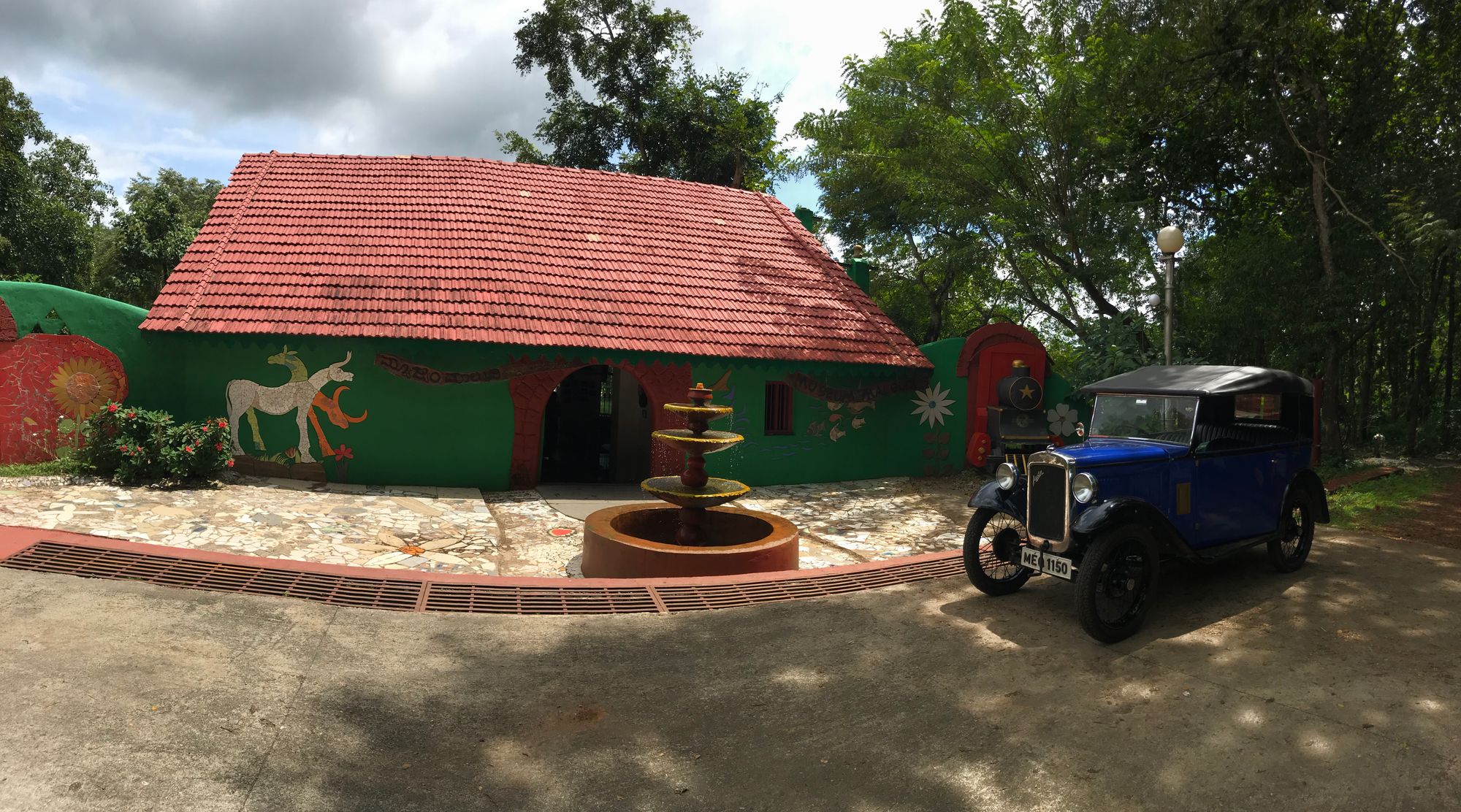
The old banyans have been brutally cut down, their huge uprooted trunks lie on the roadside. It is not a pretty sight. Thankfully, beyond Shimoga, towards Sagar, the road returns to its old ways; twisty, smooth, and quiet.
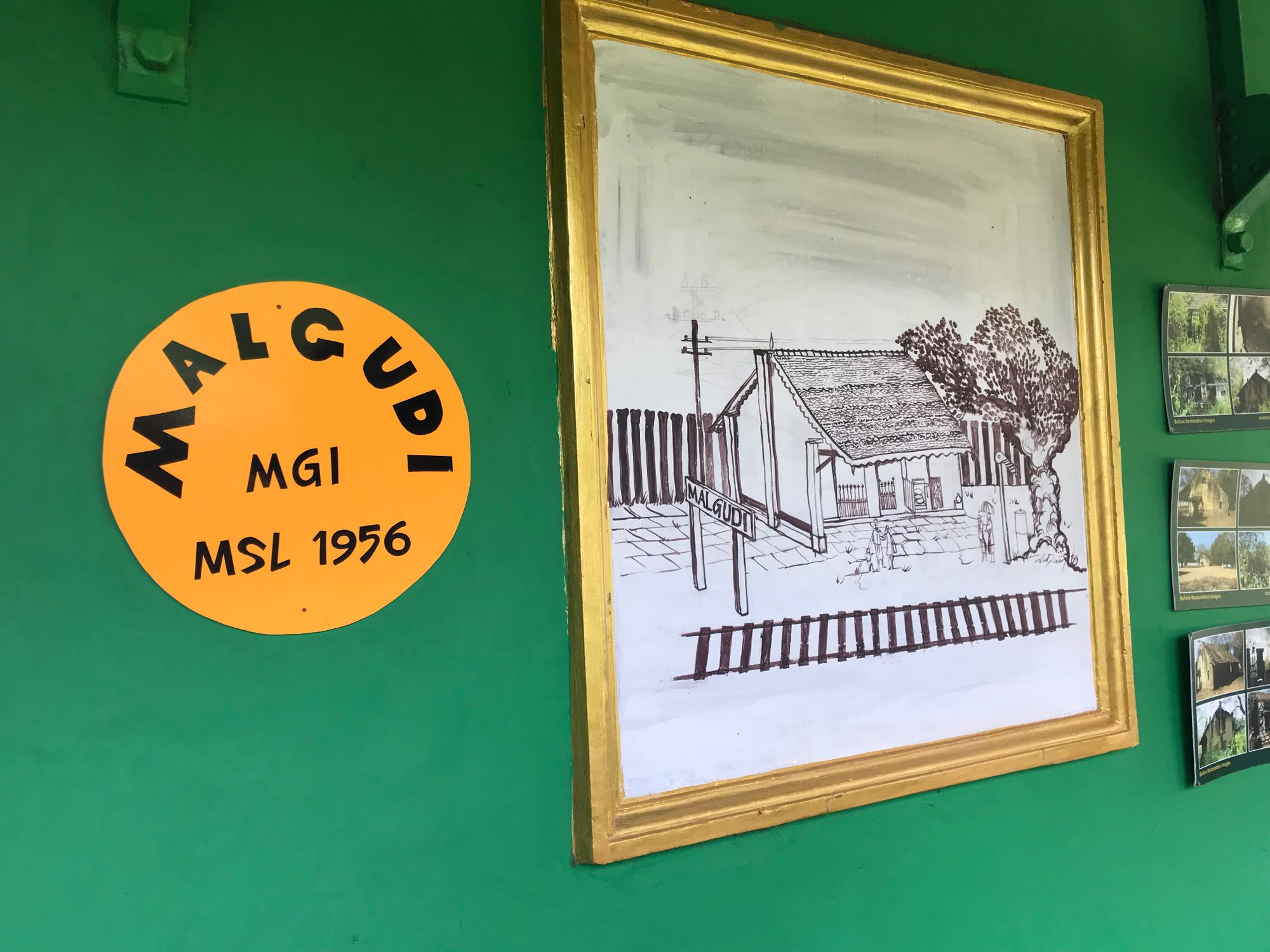

There is nothing that can match a drive in the lengthening shadows of dusk through the Malnad roads of Karnataka. Insomniac frogs begin clearing their throats as the sun sets behind the areca trees. The cicadas have completed their shift, and the night crickets begin their serenade. The Austin’s rumbles are drowned out by the percussion beats of nature.

It is getting dark when we stop for the night, at the Shramajeevi Ashram at Heggodu. Prasanna, our Gandhian host, is one of Karnataka’s renowned playwrights and directors.
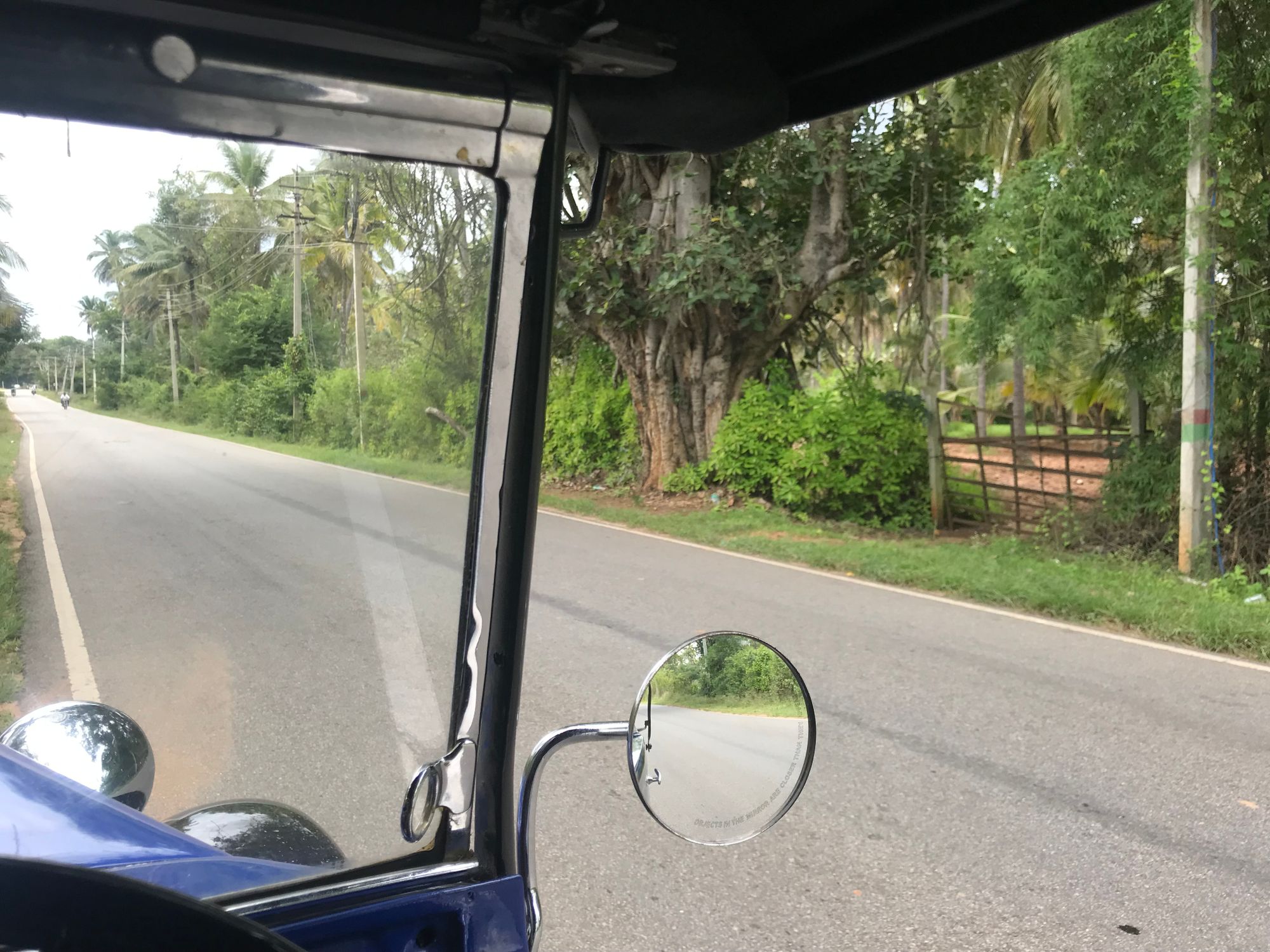
He is also the founder-mentor of Desi, a venture that popularises handloom fabrics and garments. Charaka, a Multipurpose Womens’ Cooperative owned and run by women handloom weavers and block printers, work out of the Shramajeevi Ashram complex.

Arasalu, on the Shimoga Talaguppa railway line, was the inspiration for R K Laxman’s cartoon of Malgudi railway station, which introduced the credits of the serial. The Indian railways paid homage to Swami and his friends by restoring the dilapidated and abandoned building to house a delightful little museum. The road to Arasalu station winds through quiet forests and areca groves. We are deafened by cicadas; they seem to answer to the tinny beat of the Austin’s side valve.
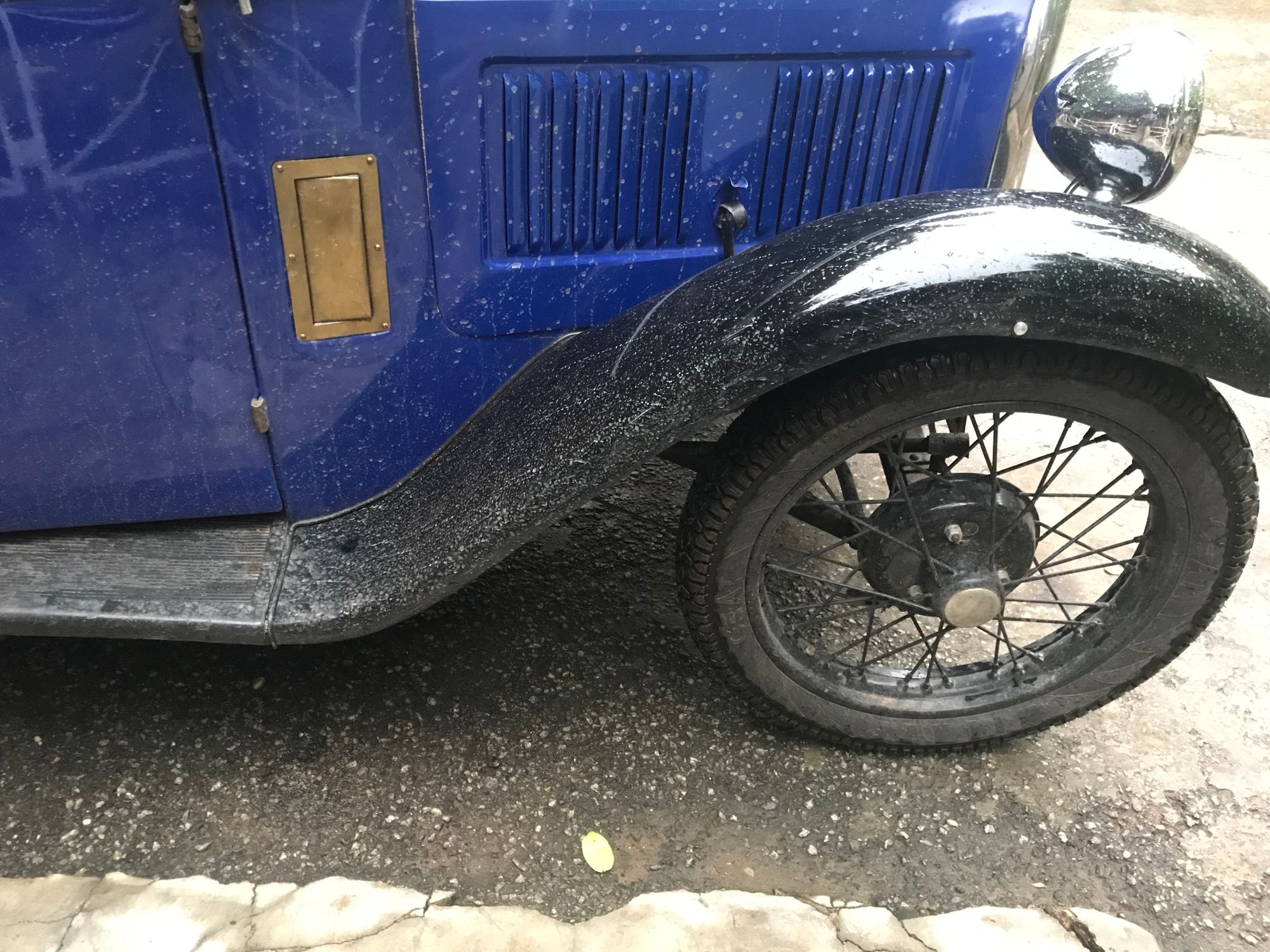
We start early, on our return journey. Our headlights do nothing more than announce our presence on the road. Luckily, there is no traffic. As we glide through the dark, hood down, framed by the shadows of huge trees, to the staccato accompaniment of a thousand croaks and chirps, I think of Peter Pan and his ghostly galleon, floating in the skies towards Never-Never Land. Did he, Wendy, Tinker bell and the Lost Boys ever think of their vessel as a sprightly little car; a dingy of the road?
Funny how an 88-year-old car, preserves you in eternal childhood.
Comments
Sign in or become a deRivaz & Ives member to join the conversation.
Just enter your email below to get a log in link.
